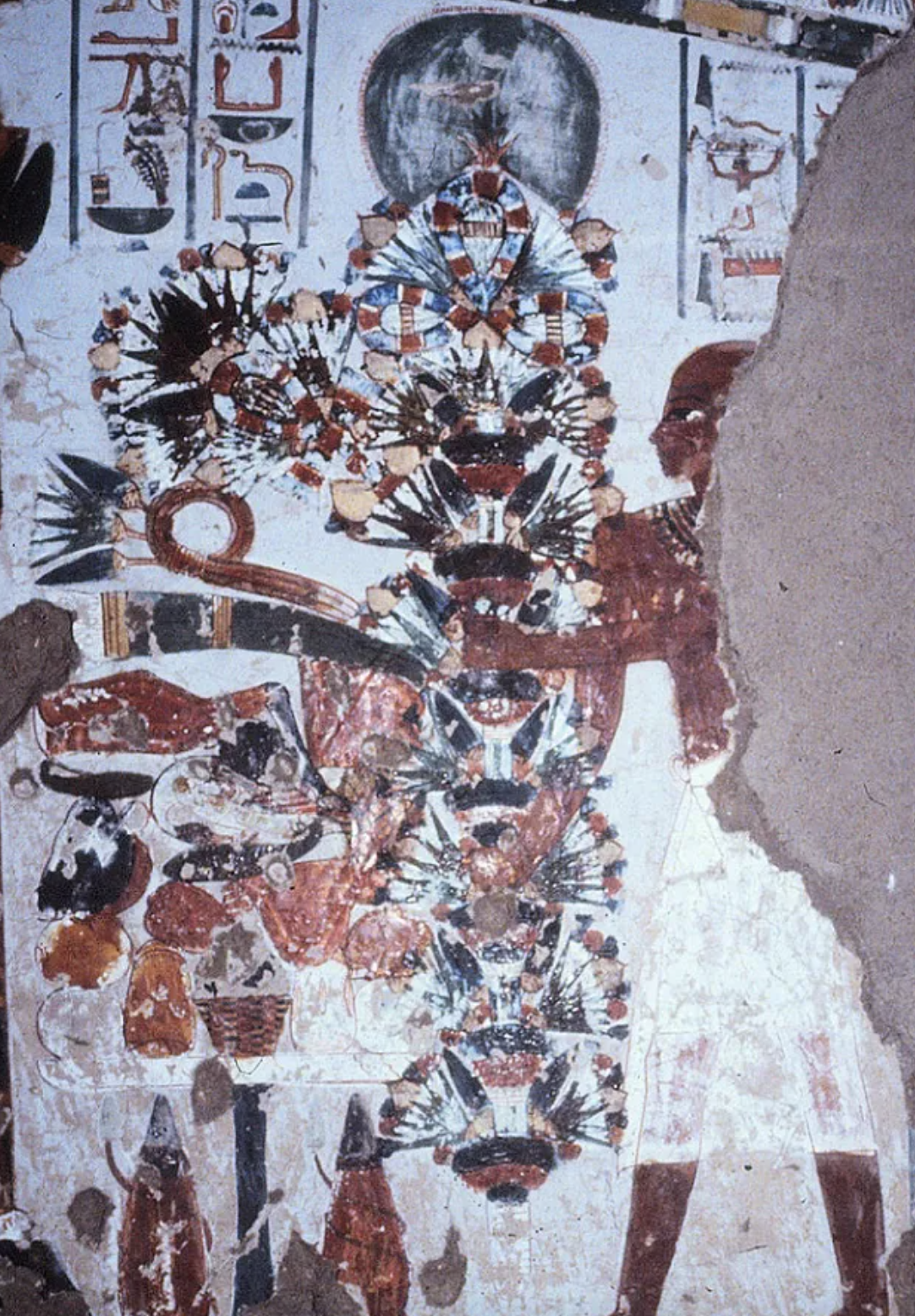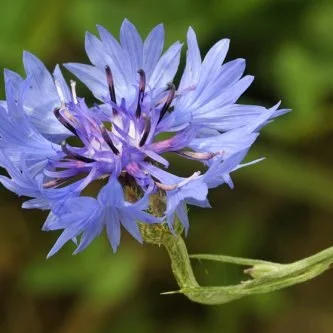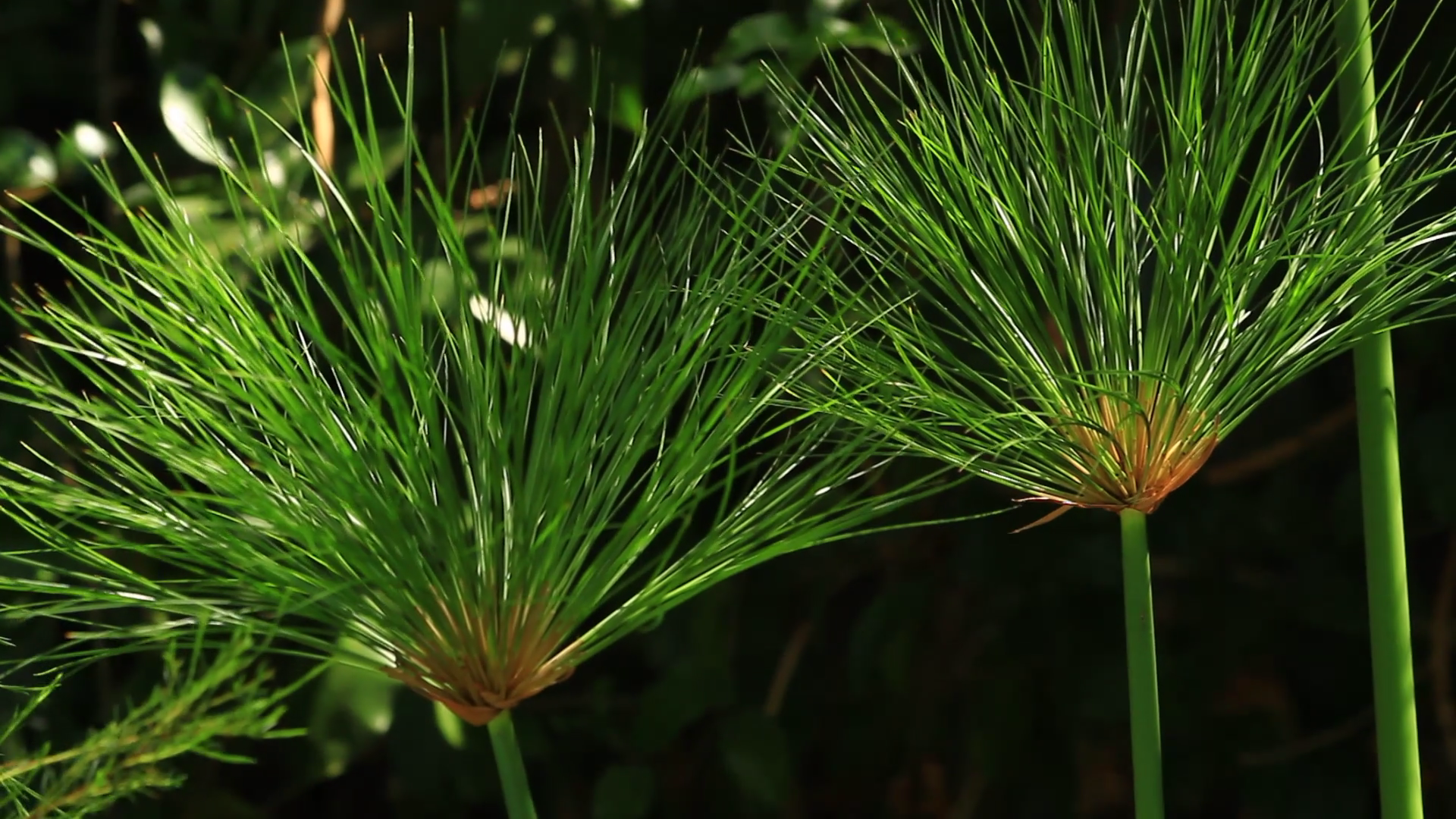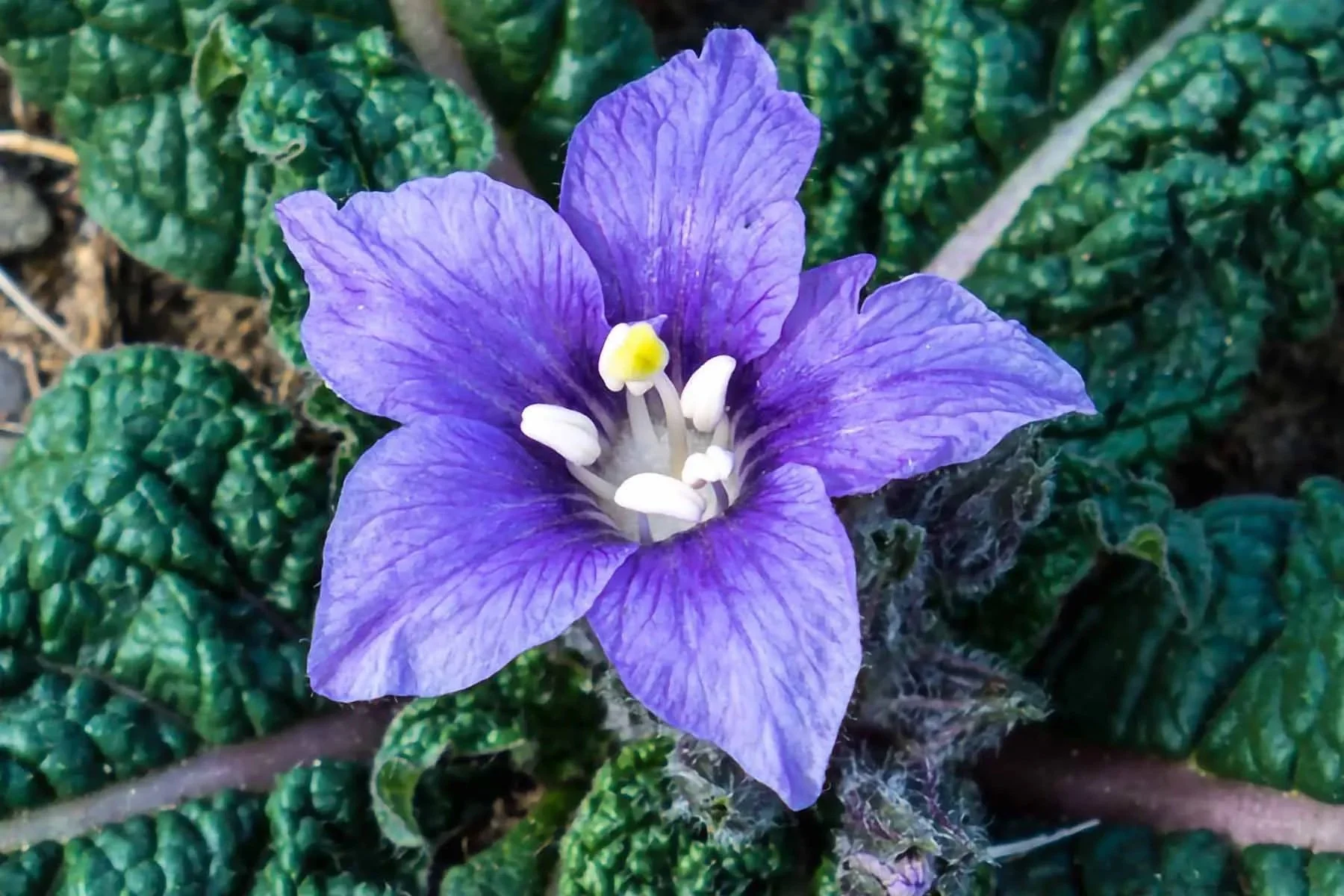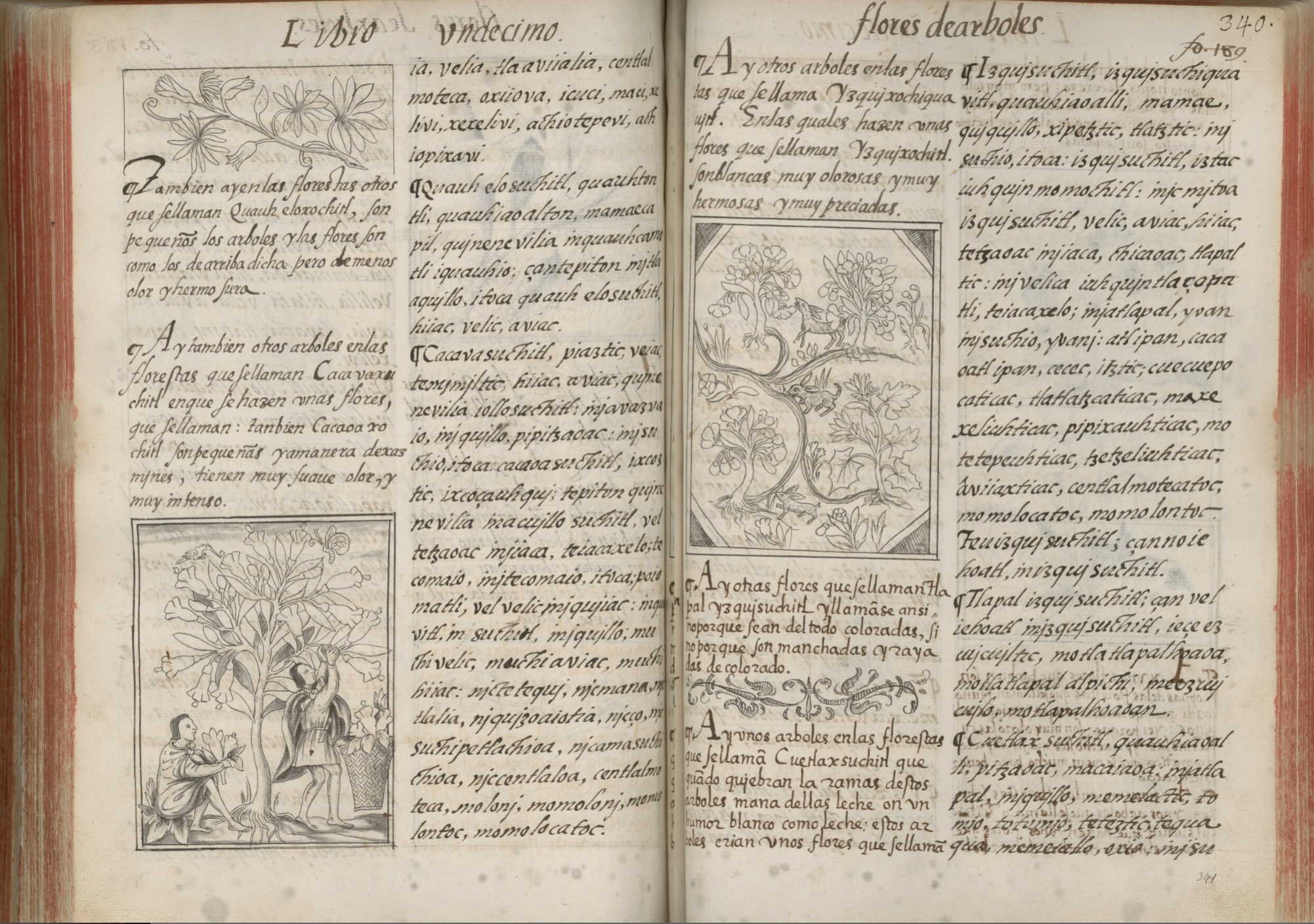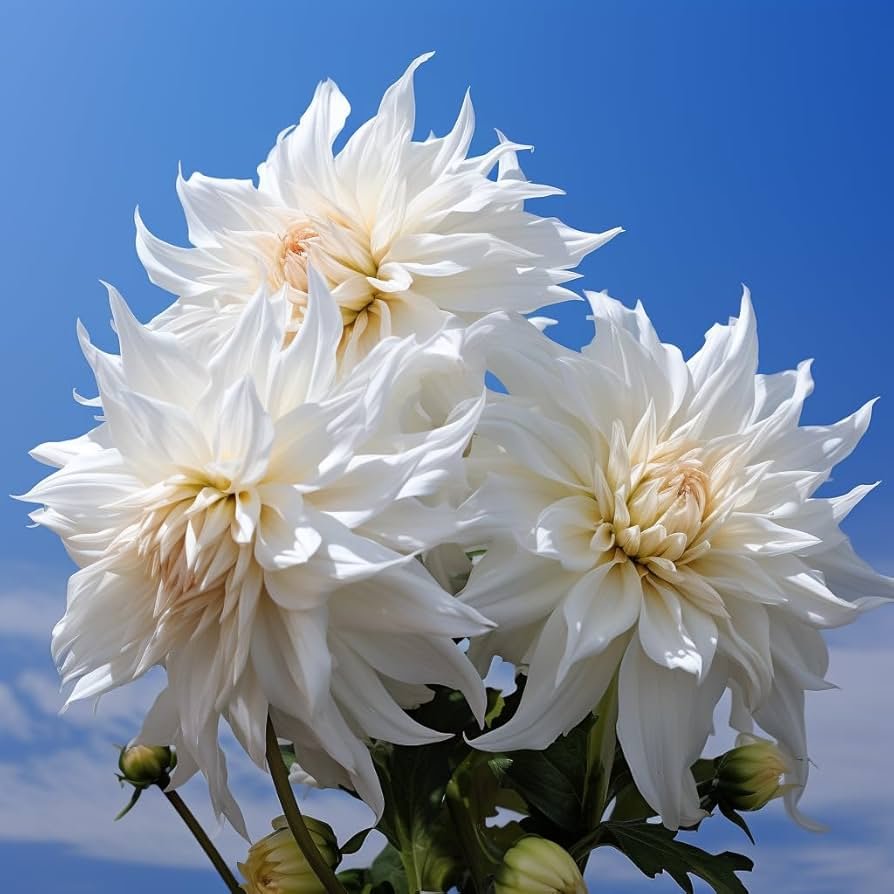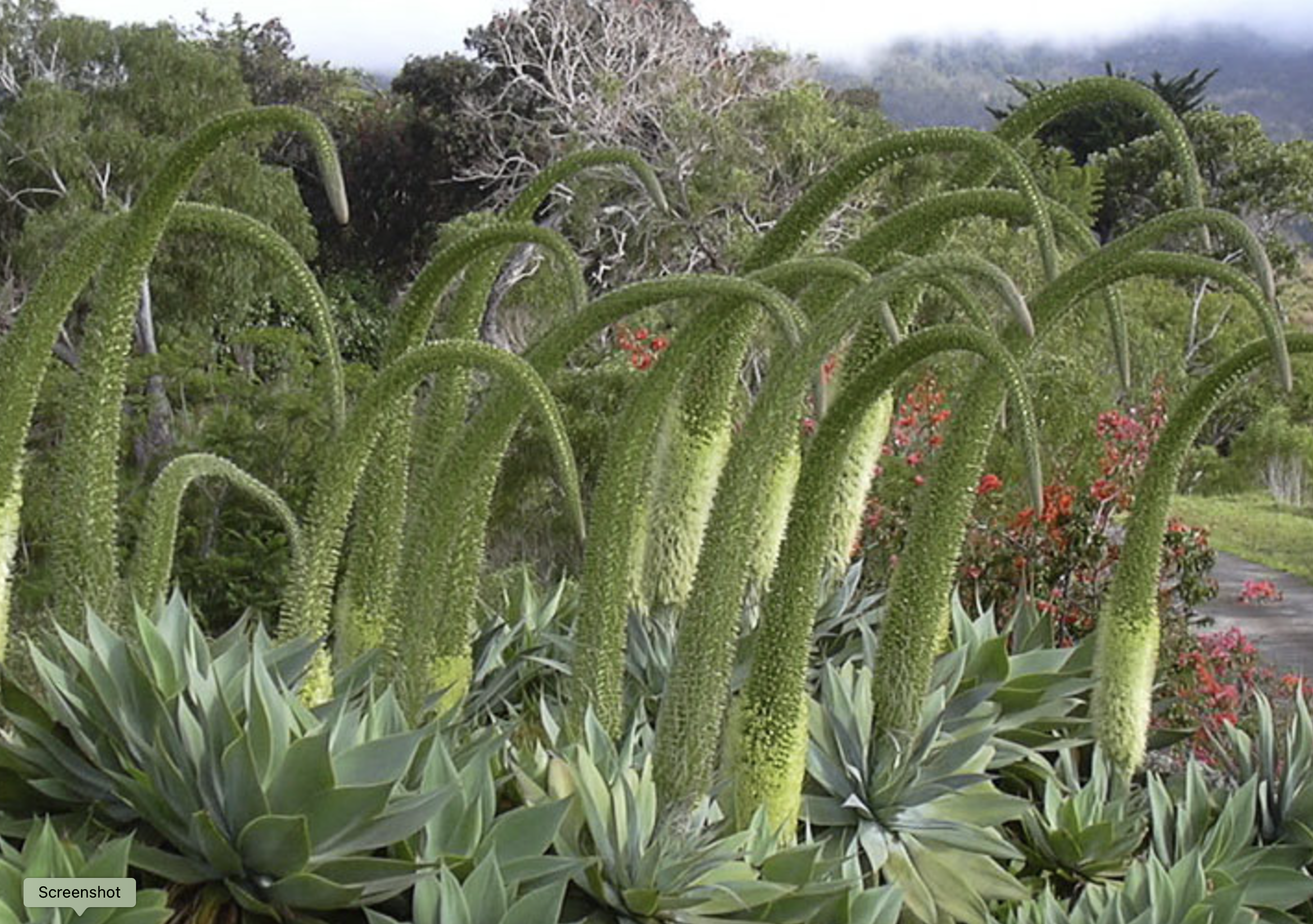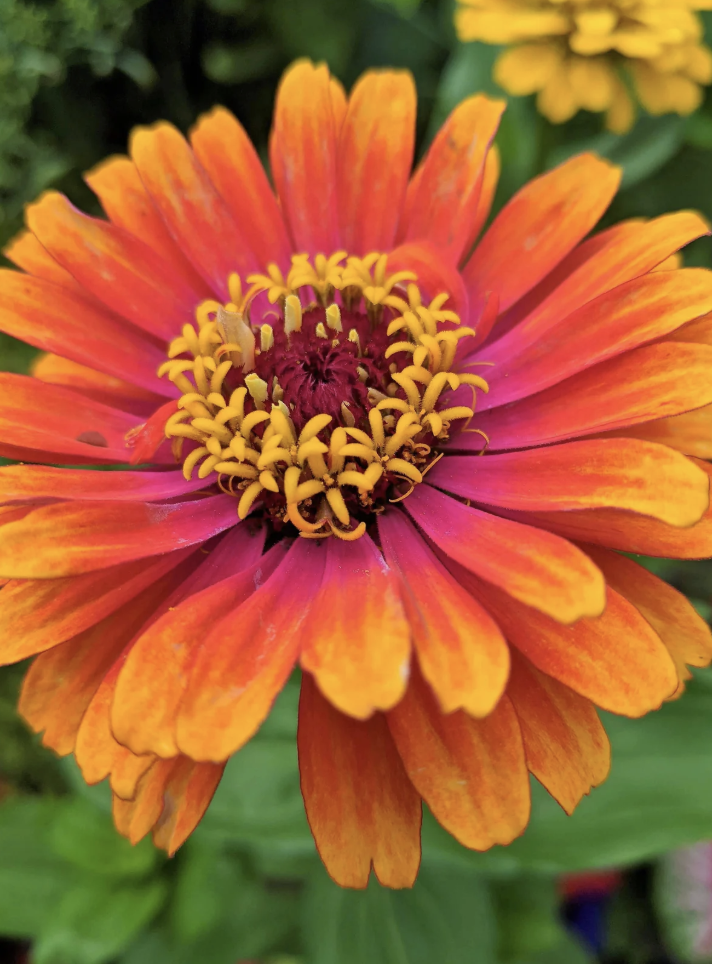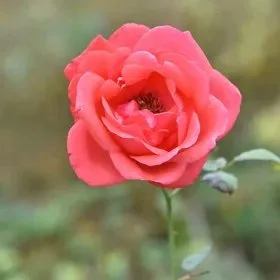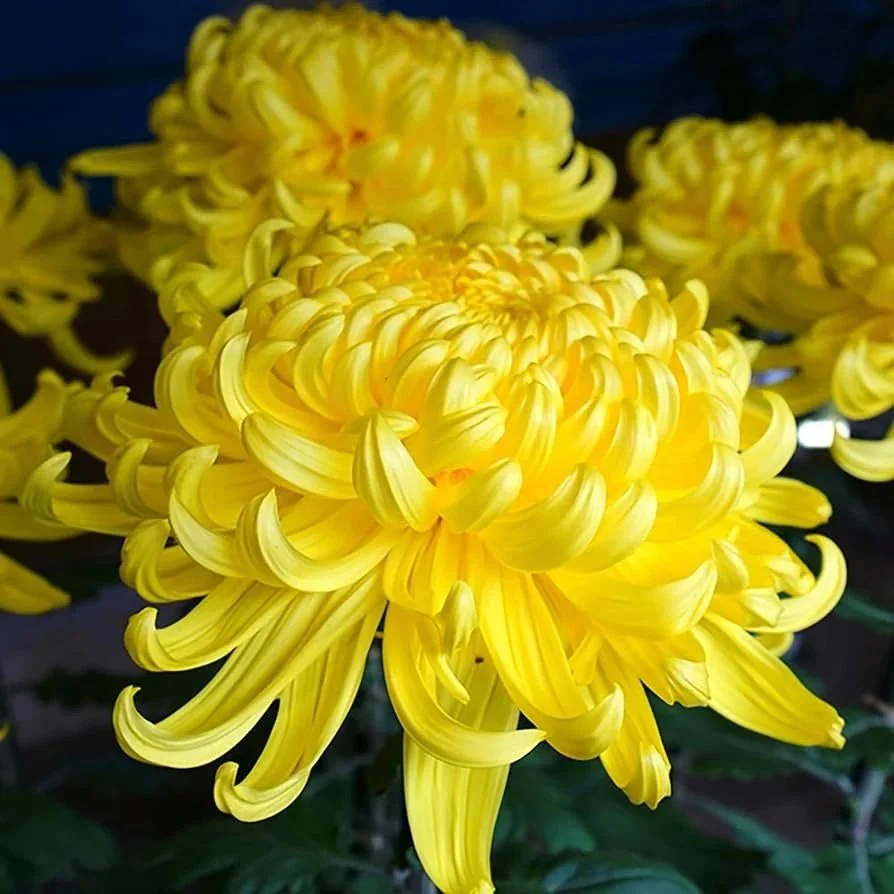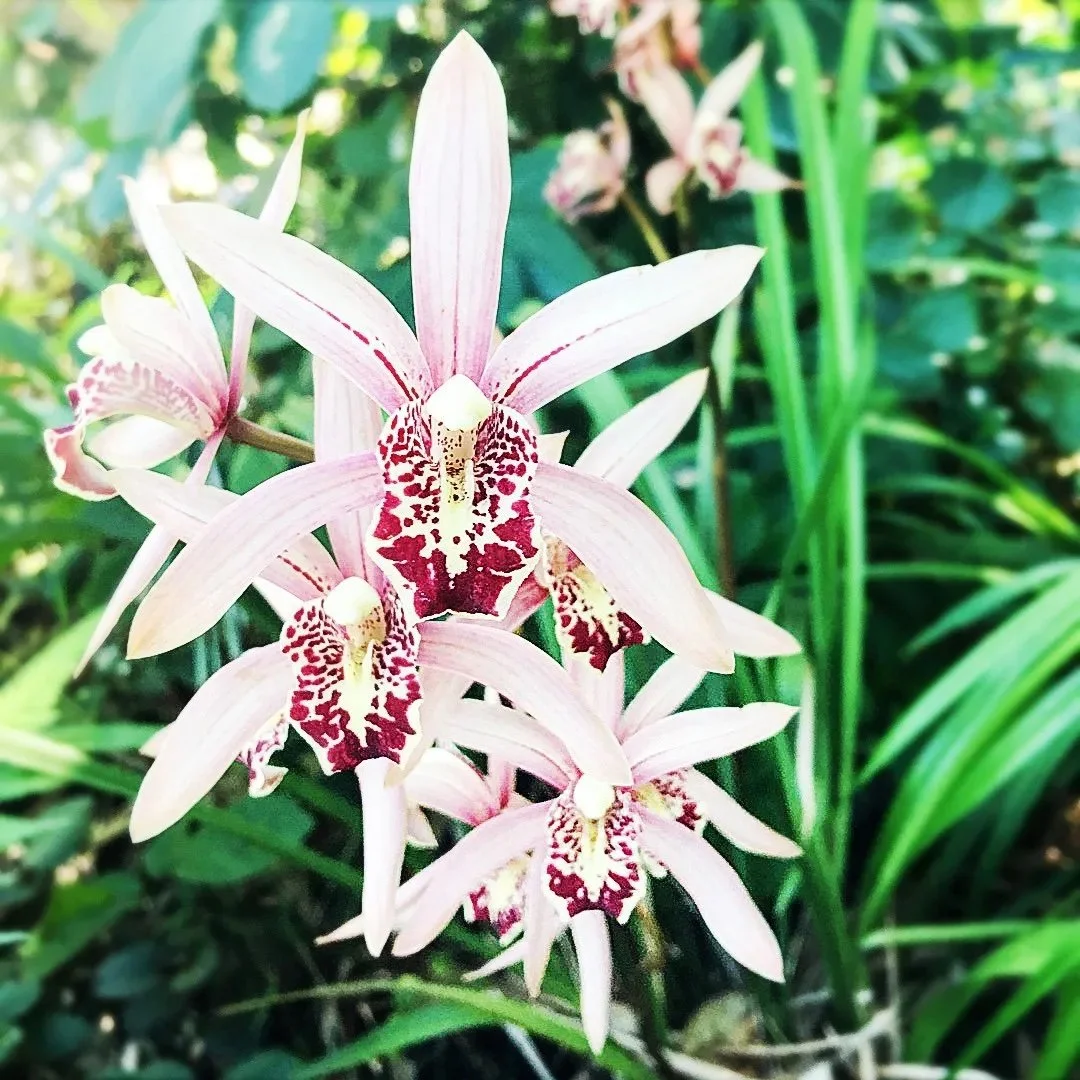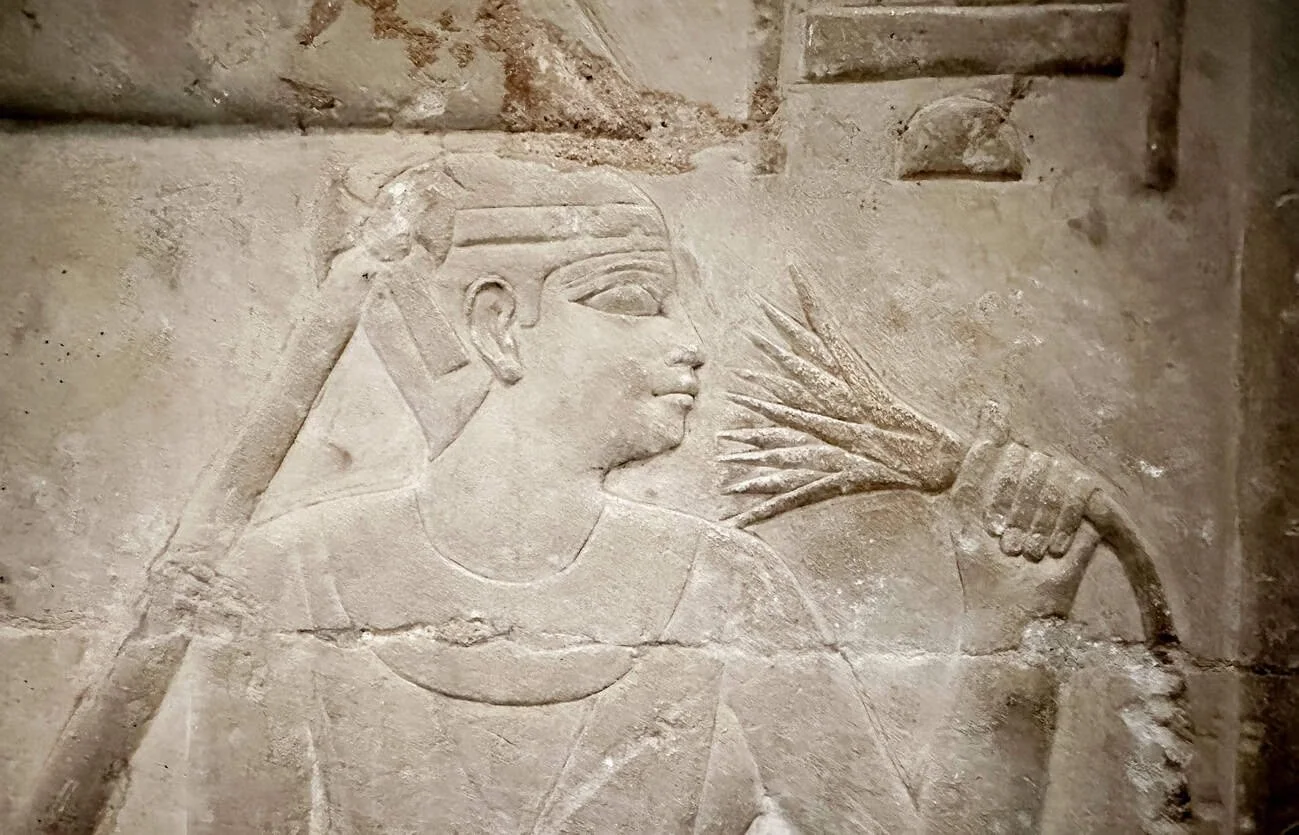
FLOWERS
Flowers… Had been admired as a form of expression since we existed. Flowers were used as offerings for worship, as part of healing medicines, for weddings and funerals, and as expressions of affection. Ancient civilizations such as Mesopotamia, and Egypt have the first written and hieroglyphic depictions of the use of flowers known. So many of them are used today. So in a sense, we are seeing and smelling the same as they did thousands of years ago. As a floral designer, I’ve had the privilege to handle millions of flowers over my lifetime, and it never gets old. Below are a few of the ancient civilizations whose flowers are used being used in our industry today.
First visually recorded Florist
Florist Nakth, also known as the Chief Florist of the Temple, was responsible for creating stunning floral arrangements that adorned the royal bodies and their homes. The temples were filled with flowers year-round under his care. Nakth and his team are believed to have crafted over a million bouquets as offerings for temple visitors. His dedication was legendary—historical accounts describe him working tirelessly through the night, his body drenched in sweat as he meticulously prepared the arrangements.

Aztecs
When the Spanish concisidors arrived to Tenochtitlan, the capital of the Aztec empire they were floored by how decorated d the city of floral arrangements and gardens. Nothing in Europe can compare to the glory that was displayed that day. It was surrounded by fresh water and in a valley it was the perfect storm for growing and producing florals. Some of the flowers we use for arrangements today are originally from that encounter. They were brought back to Spain and it spread all over Europe over time.

China
Peonies and roses have deep roots in Chinese history, where they were first cultivated for beauty and symbolic meaning. Revered as the "king of flowers," peonies have been celebrated for centuries in Chinese art and culture, symbolizing wealth, honor, and prosperity. Similarly, China played a pivotal role in shaping modern roses, with native varieties like Rosa chinensis influencing the hybrid roses we cherish today. These timeless blooms continue to captivate hearts and enrich gardens worldwide, carrying with them a legacy of elegance and tradition.

